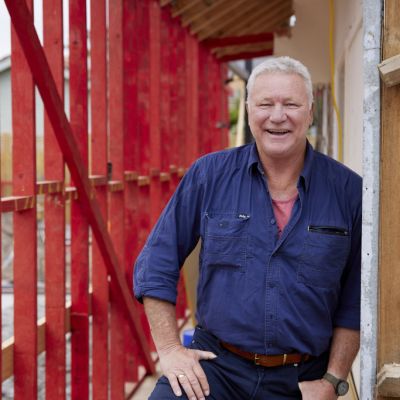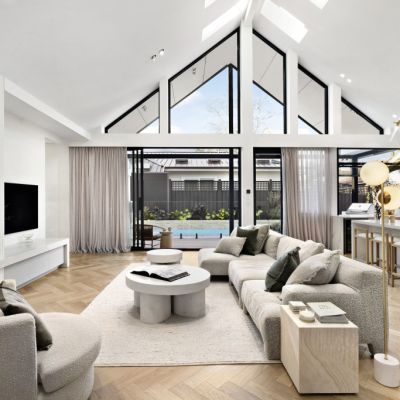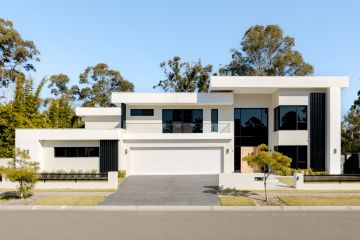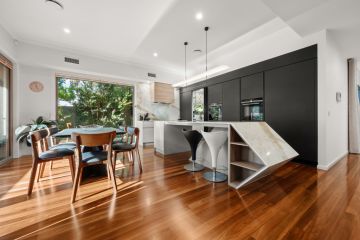The Block 2021: What makes the properties appealing to investors
The fierce auction competition for The Block’s houses is a potent combination of starstruck viewers keen to be a part of the action, buyers who’ve fallen in love with the homes and investors eager for a good depreciable asset.
Experts say the properties could always hit a record price because of any one of those elements – or even all three.
“The notoriety that comes with buying a house that’s been built, or renovated, on The Block is definitely a part of it,” said buyers’ agent Rich Harvey, CEO of propertybuyer. “But you have to wonder whether that’s a value that might fade over time and never be quite as important as buying a house in the right location.
“At the same time, however, the design and architecture that’s featured on the show is highly appealing and the quality of the fit-outs is exceptional. You can’t cut corners when you’re doing a renovation that’s being filmed every day. And owning one would be a great topic of conversation around the barbecue.”
But the houses in Melbourne’s Hampton will perhaps be even more attractive for investors. There could be far more tenants interested when they’ve seen the houses transformed, brick by brick, and they could well be ready to pay a top-dollar rent.
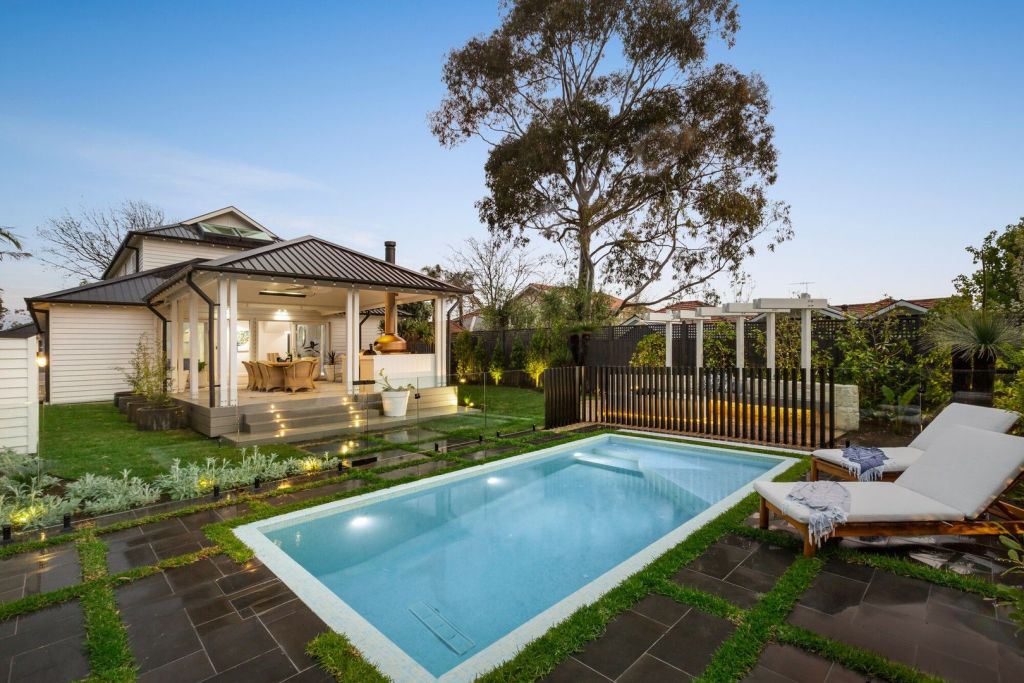
For the investor, there’s another important factor: depreciation. Because so much money has been spent on each of the houses, the tax deductions via the depreciating value of all the elements put in is one of the highest rewards.
Executive producer Julian Cress says that’s also likely to be a key selling point when it comes to auction day. “The properties on this season of The Block yield an insane amount of tax depreciation deductions,” he says. “A savvy property investor will factor this into their purchase decision.”
-
The Block 2021 listings are live. See them here.
Tax expert Bradley Beer was asked to estimate the depreciation deductions available on the properties that have featured in this season’s show. He found the amount, over 40 years, could be as high as a startling $3.61 million for Kirsty and Jesse’s house, and only a little less, at $3.091 million, for the house that had the least amount of money spent on it.
“We’ve done the depreciation schedules on all the series of The Block,” says Beer, the CEO of BMT Tax Depreciation. “We always do the estimates and they’re given to the selling agents before the auction.
“These properties qualify for particularly big depreciation deductions because they’re so extensively renovated, and the deductions kick in when all, or substantially all, of a building is removed or replaced. The contestants rip the houses to bits and spend huge amounts of money putting them back together again.”
The work can include removing or replacing foundations, external walls, interior supporting walls, floors, roof or staircase. The combination of many of these projects would mean most of the rooms of the houses are affected.
The bulk of the depreciation deductions on The Block properties are attributed to those capital works. Yet there are also potential deductions for what the Australian Taxation Office (ATO) classifies as “the plant and equipment”, which are easily removable or mechanical assets, like new carpet and blinds.
These, Beer predicts, will range from $343,000 and $386,00 a property. “Of course, the houses haven’t been sold yet, so we don’t know what their purchase prices will be,” Beer says. “But the depreciation is on the money they spent on the renovations, rather than on the price the investor-buyer paid.
“And the contestants spend so much on their houses, that they can end up a very good buy for investors.”
But buyers should be aware of all the rules around the tax benefit, advises property lawyer Tony Cordato.
“Yes, depreciation is a great tax deduction, yielding a typical tax deduction of $12,000 per annum for the first five to 10 years on a new investment house, home unit or villa in the $750,000 range,” he says. “But there is a sting in the tail! The deductions claimed are added to the capital gain on the sale. The depreciation deductions are added on to the capital gain on sale although, if you own a property for a year or more, the capital gain is halved.”
That prospect of capital gains tax shouldn’t put off any buyers, argues Beer. A dollar in the hand now, via depreciation, is probably worth a lot more than a dollar or 50 cents to be paid back in five, 10 or 15 years.
“You can put that money to good use straight away to reduce your debts and offset your tax bill,” he said. “I’d always want more money in my pocket now, rather than later.”
We recommend
States
Capital Cities
Capital Cities - Rentals
Popular Areas
Allhomes
More
